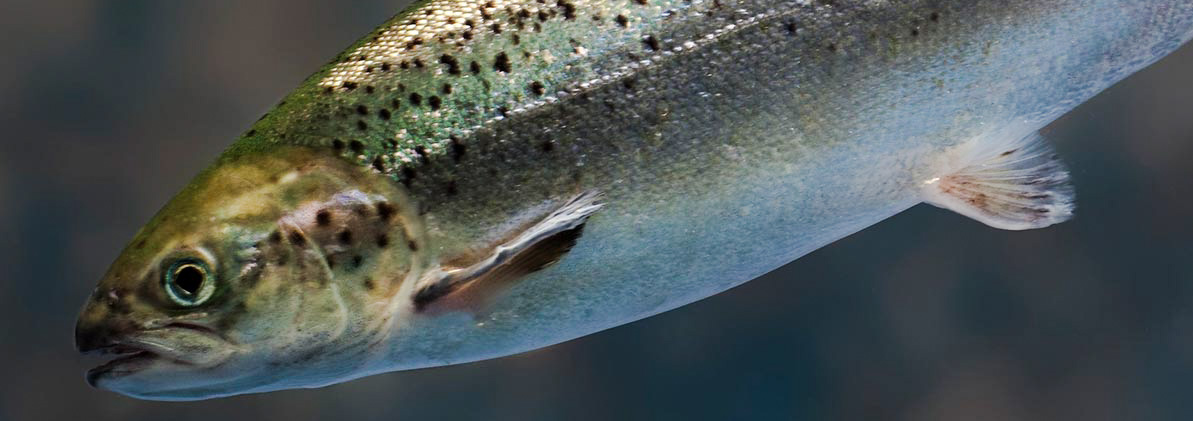View by Topic
Recent Articles
-
Federal Government Finalizes New Efficiency Standards for LightbulbsSaturday, April 13th, 2024
-
2024 IECC is Final After Addressing Preemption IssuesSaturday, April 6th, 2024
-
Settlement Portends Broad Failure in Attempts to Ban Natural GasSaturday, March 30th, 2024
-
SEC Climate Disclosure Rule Stay and Venue Now in the 8th CircuitSaturday, March 23rd, 2024
-
EV Charger Data ApocalypseSaturday, March 16th, 2024
View by Month/Year
“Green Building Law Update” Headlines
Recent Articles & News from
Stuart Kaplow’s blog
at GreenBuildingLawUpdate.com
- Shedding Light on the Future: The Evolution of Lightbulbs in the Wake of New Energy Efficiency Standards April 14, 2024
- 2024 International Energy Conservation Code is Final After Addressing Preemption April 7, 2024
- Settlement Portends Broad Failure in Attempts to Ban Natural Gas March 31, 2024
- SEC Climate Disclosure Rule Stay and Venue Now in the 8th Circuit March 24, 2024
Subscribe to the Green Building Law Update!
Stuart Kaplow brings his expertise and extensive experience to the table with his unique digital publication, "Green Building Law Update". Subscribers receive regular updates to keep them informed about important issues surrounding Environmental Law, Green Building & Real Estate Law, as well as the emerging demand for Environmental Social Governance (ESG).
Get fresh content through the lense of Stuart Kaplow's cutting-edge expertise, innovative commentary and insider perspective. Don't miss another issue! Subscribe below.

Lawsuit Challenging Approval of Genetically Modified Animals
Last week a coterie of environmental groups sued the U.S. Food and Drug Administration for approving the first ever genetically engineered animal for human consumption, a salmon engineered to grow quickly.
The Institute for Fisheries Resources, Pacific Coast Federation of Fishermen’s Associations, Golden Gate Salmon Association, Kennebec Reborn, Friends of Merrymeeting Bay, Cascadia Wildlands, Center for Biological Diversity, Ecology Action Centre, Friends of the Earth, Food and Water Watch, and Center for Food Safety challenged the FDA’s November 19, 2015 decision approving an application by AquaBounty Technologies, Inc. to develop, market, and sell for human consumption genetically engineered salmon.
AquaBounty’s salmon is an Atlantic salmon genetically engineered with genes from a deep water ocean eelpout and a Pacific Chinook salmon in order to make it grow fast.
The approval of the salmon marks the first occasion where the U.S. has authorized the production of a genetically engineered animal of any variety to be sold as food. This court action seeks to serve as a precedent for the regulation of potential future genetically engineered animals, effectively banning the science.
Fascinatingly, AquaBounty will produce its salmon at a facility located on Prince Edward Island, Canada, and then transport, by land and air, the resulting eggs to a separate facility located in Panama, where the genetically engineered eggs will be grown to maturity, before being processed and shipped back to the United States for sale.
The lawsuit alleges that the FDA has not adequately assessed the full range of potentially significant environmental and ecological effects presented by AquaBounty, in violation of the Federal Food, Drug, and Cosmetics Act, 21 U.S.C. §§ 301-399(f) (FFDCA); the National Environmental Policy Act, 42 U.S.C. §§ 4221-4370h (NEPA); the Endangered Species Act, 16 U.S.C. § 1531-1544 (ESA); the Federal Food and Drug Amendments Act of 2007, Pub. L. No. 110–85, 121 Stat. 823 (2007), 21 U.S.C. § 2106 (FDA Amendments Act); and the Administrative Procedure Act, 5 U.S.C. §§ 701-706 (APA).
The complaint goes on to say that even apart from those violations of statutes, FDA’s decision to approve AquaBounty’s salmon application should be vacated and set aside because FDA lacks the authority to regulate genetically engineered animals as a “new animal drug.” The pleading argues that when Congress authorized the FDA in 1938 it never intended or provided a means for FDA to regulate twenty first century genetically engineered animals.
The coalition of plaintiffs is asking the court to declare that the FDA’s decision to approve the AquaBounty application for genetically engineered salmon is arbitrary, capricious, and in violation of the APA, NEPA, ESA, and the FDA Amendments Act; to vacate FDA’s approval decision; and enjoin FDA “from taking further action on any other application for commercialization of a genetically engineered food animal” until Congress provides explicit statutory authority governing regulation of such products.
AquaBounty’s salmon bodes well for people interested in less expensive fish and more broadly for larger quantities of food for human consumption.
This Luddite styled challenge to all genetically engineered animals flies in the face of the existing reality, including both that more than 90% of corn and soybean grown in the U.S, are genetically modified crops resistant to insects and herbicides, and that many food companies are already beginning to roll out food labels listing genetically modified ingredients in response to the Vermont law that goes into effect this July. Maybe labelling genetically modified foods is the better alternative to banning them.









